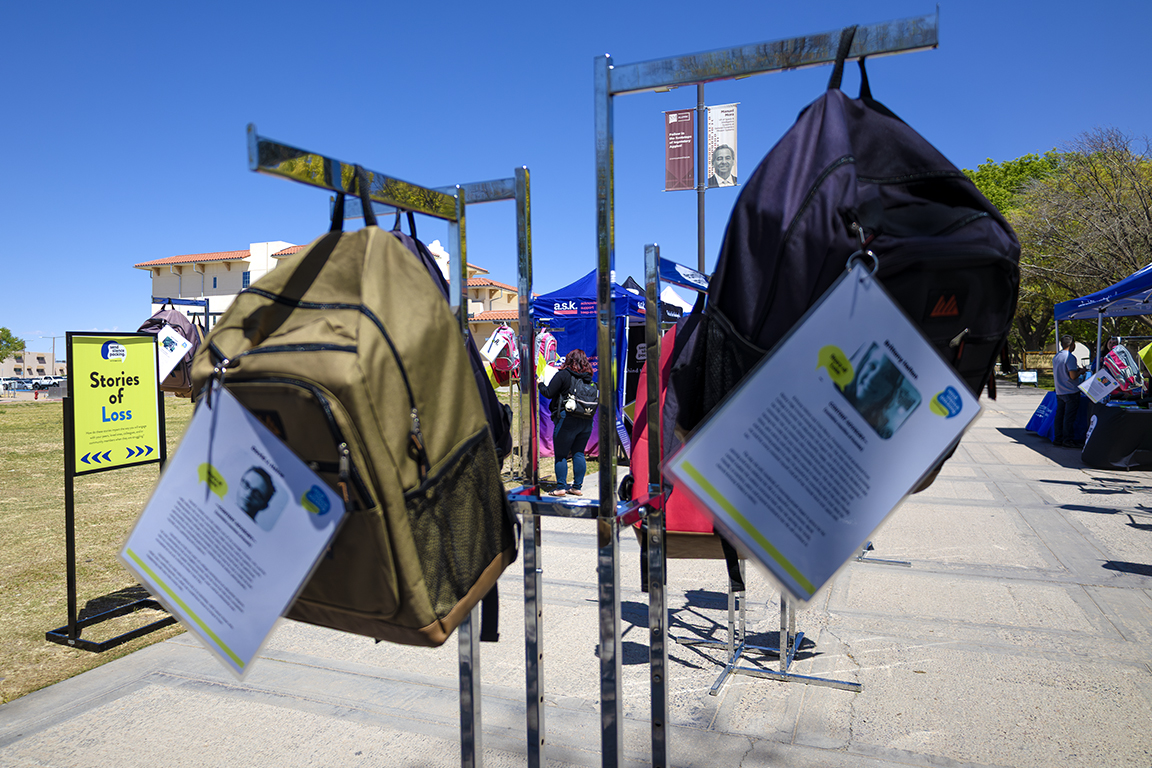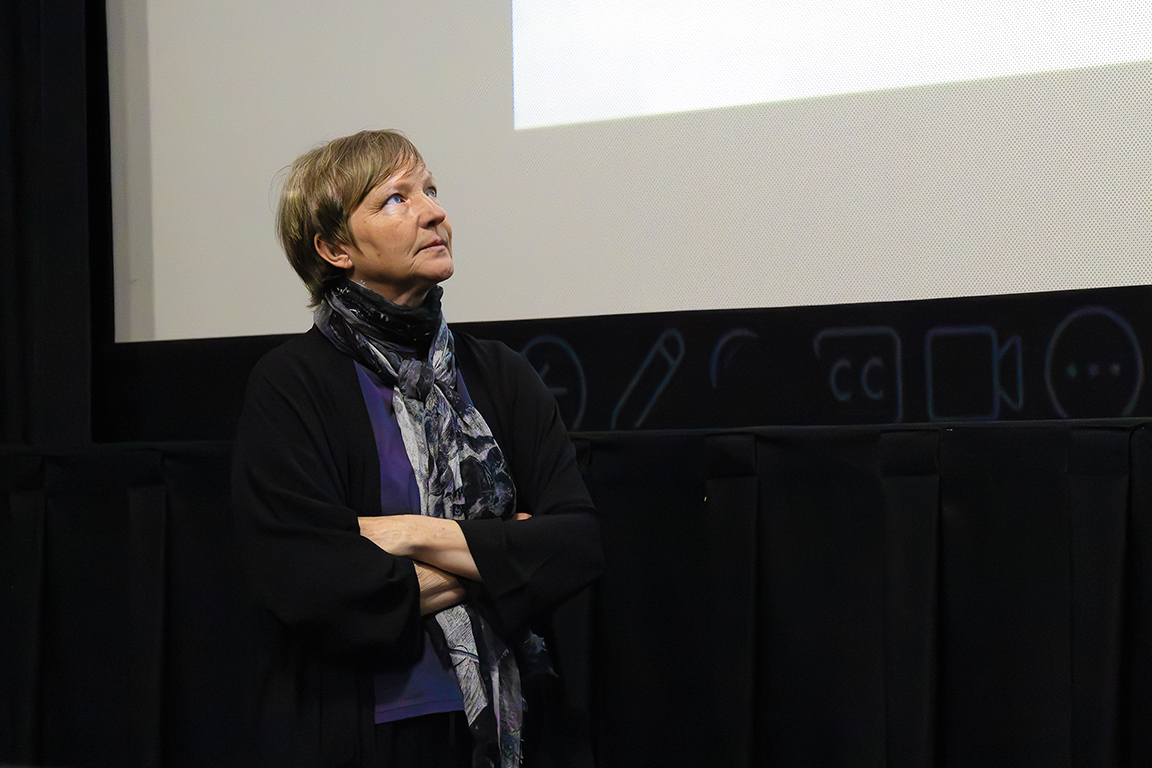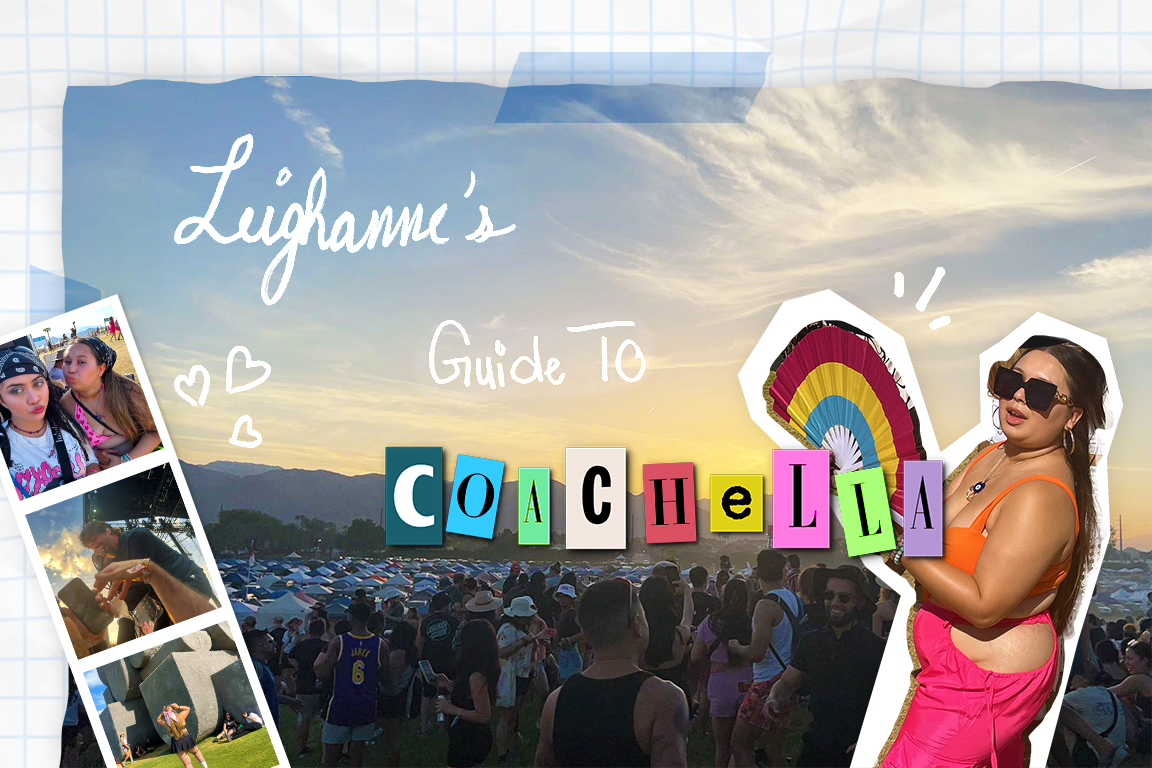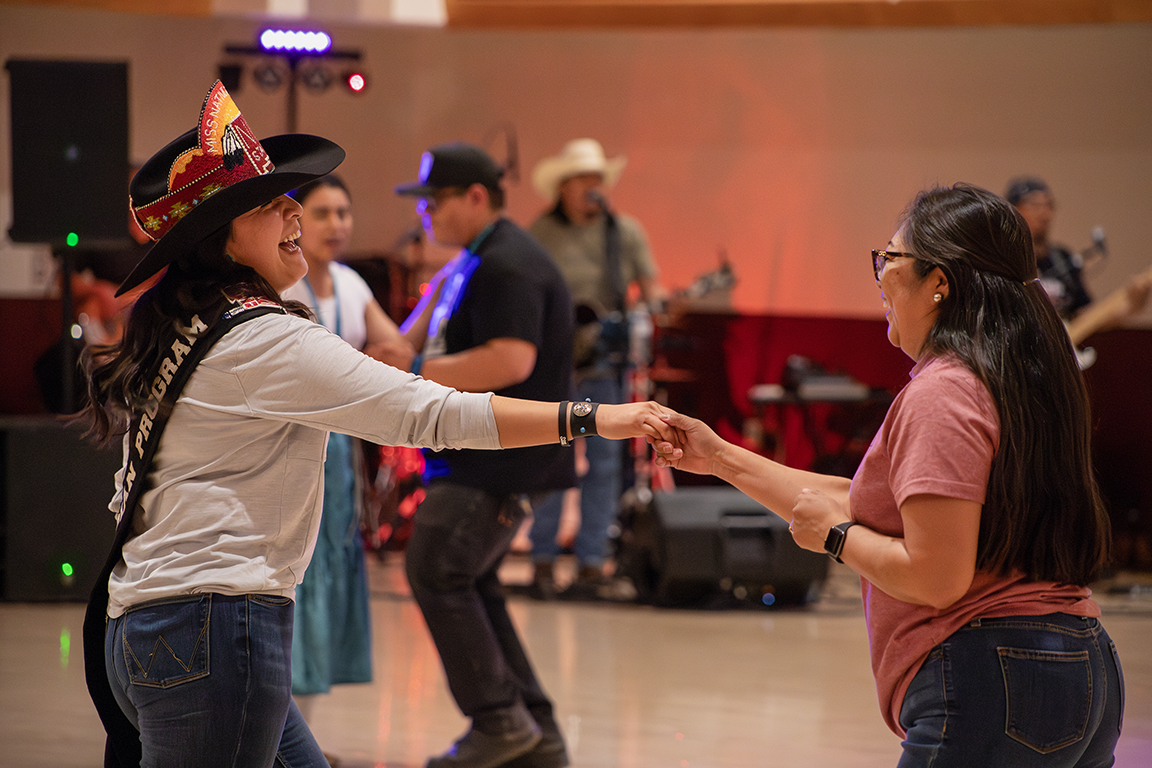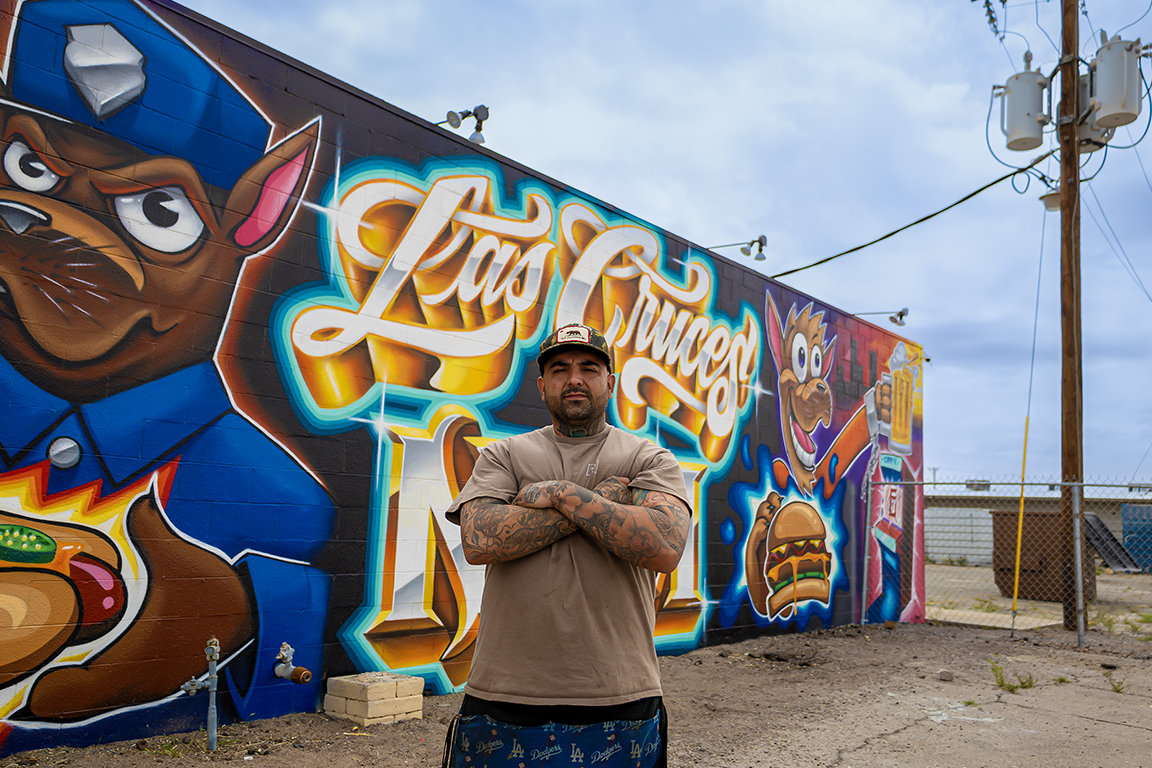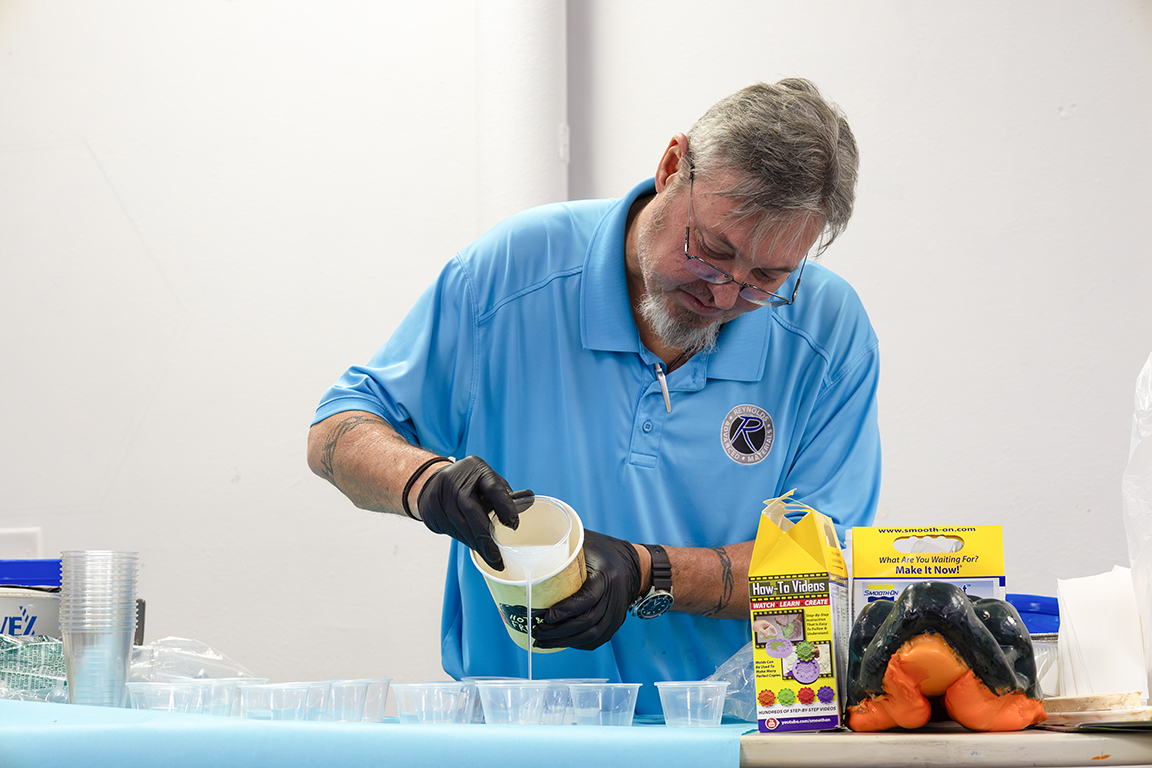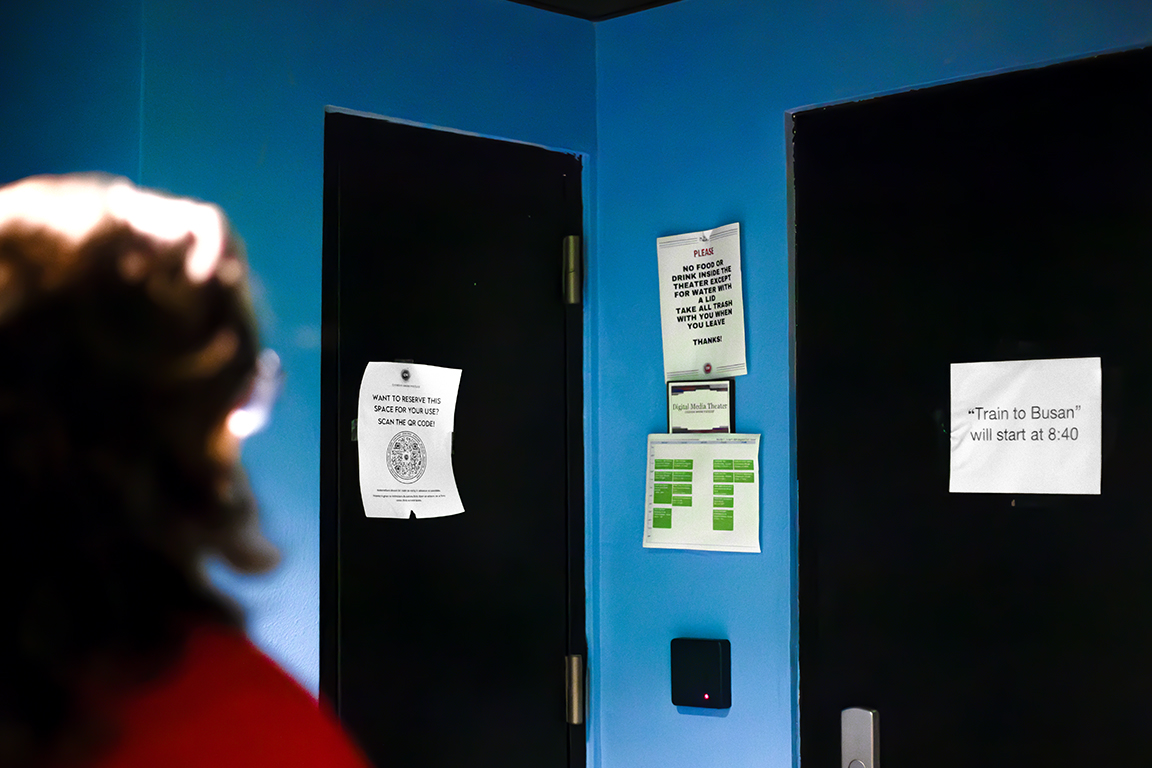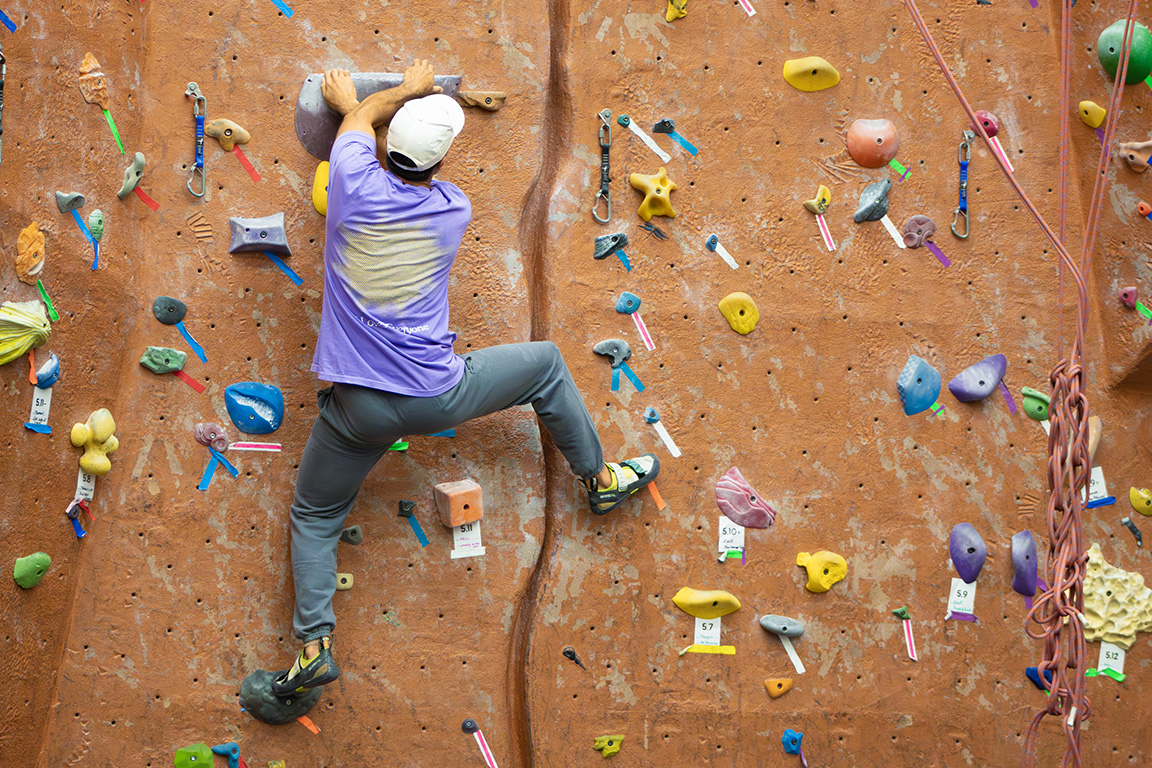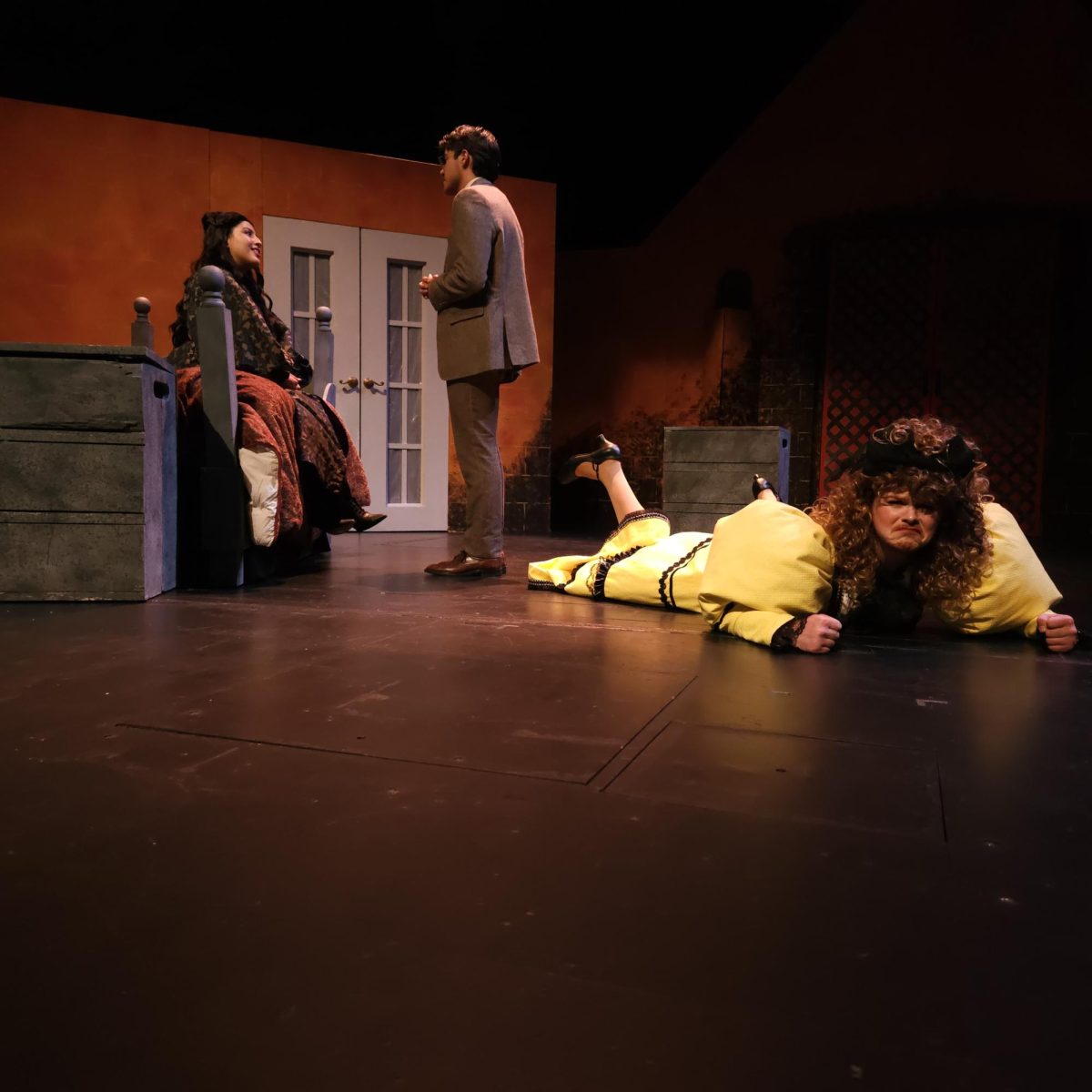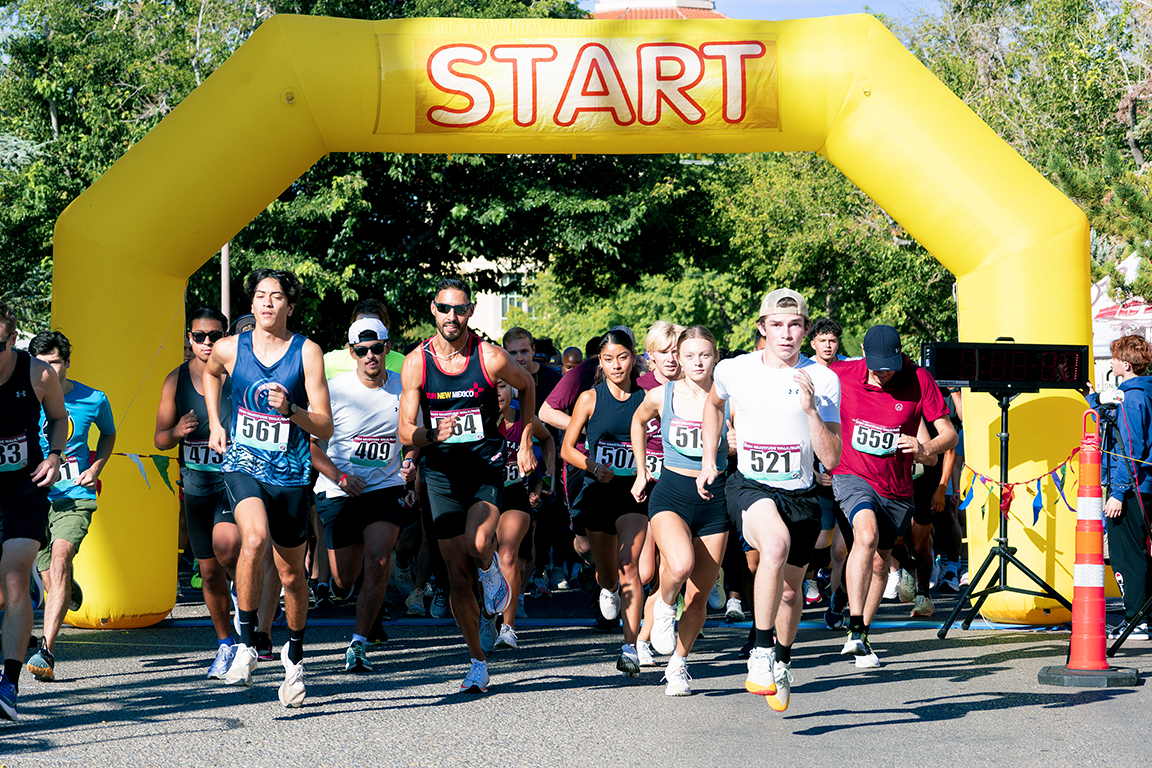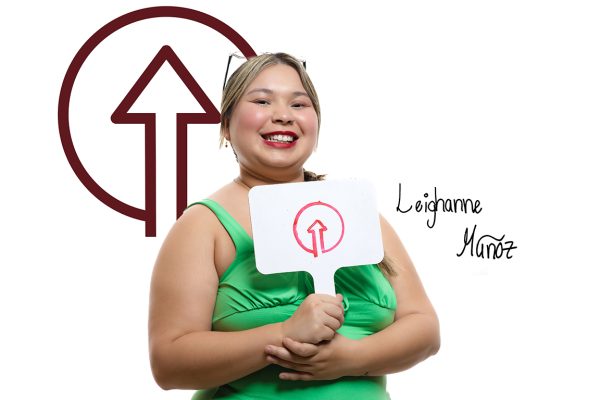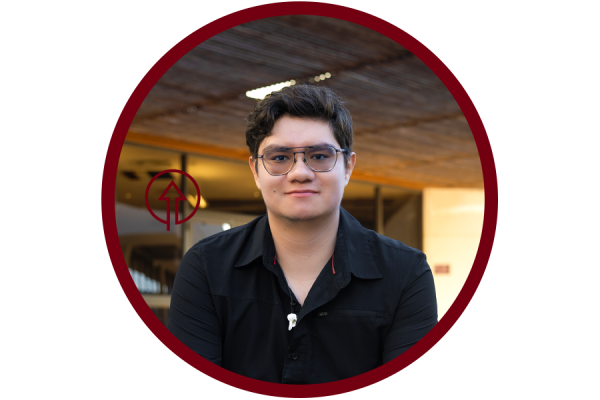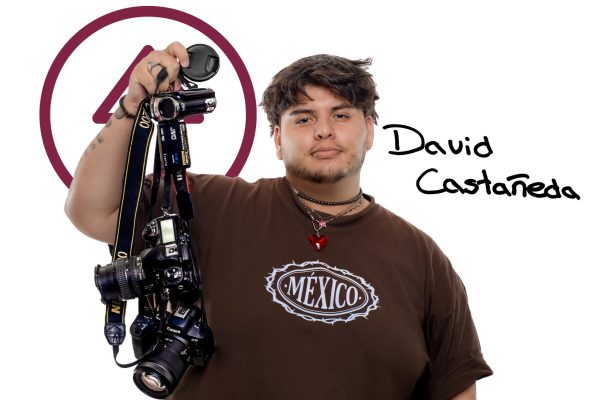It is tradition for Mexicans to celebrate Día de los Muertos every year after Halloween. New Mexico State University’s Latin American Programs hosted an evening full of traditions dedicated to the holiday on Nov. 4. The evening consisted of an ofrenda, where many could place pictures of their deceased family members to honor them. The event also included cultural food, music, and crafts, as well as a Catrina contest.
La Catrina is a huge part of Día de los Muertos in Mexican culture. She is portrayed as a symbol of Day of the Dead, and is celebrated through sugar skulls, elegant dresses and most recognizably through skull makeup.
Zarya Martinez, president of the university’s Dream Team, shared how the contest was meaningful to her and what La Catrina means for Mexico and its culture.
“Personally, I really love my culture and the Catrina, even though it started with a Spaniard origin, it morphed into what is now like a pride of Mexico and is really interesting. That goes to show how culture works and Mexican culture especially how different things are molded and changed, how Mexico/Mexicans take certain things, and they change it and say, ‘this is ours now’,” Martinez said.
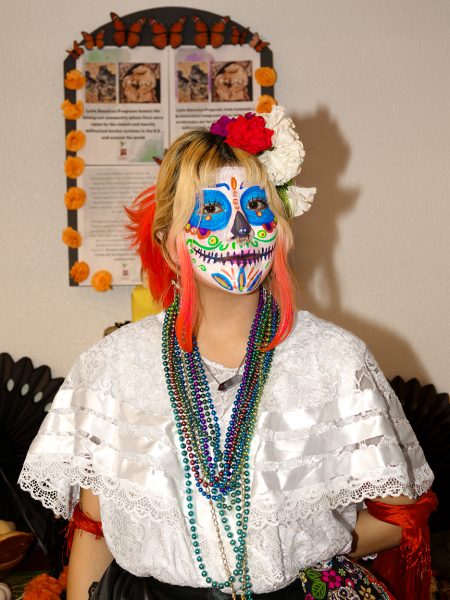
Andrea Quintal, who works for Latin American Programs, explained why this event was important to her. She also mentioned memories of La Catrina makeup throughout her life.
“In my family we do it [celebrate Día de los Muertos] every year. When I was a kid, me and my tiá would paint our faces during the Day of the Dead, she was the first person who drew flowers on my face, the symbolism of it. Now it’s really a reminder of her,” Quintal said.
Student Denise Tantay explained how excited she was to celebrate Dia de Los Muertos again, and how she has not celebrated since elementary school.
“It’s really nice here [in Corbett] and it’s a good expression of culture. It’s not something you see very often here in New Mexico. I haven’t celebrated it since I was a kid, it’s very nice, refreshing, to experience it again,” Tantay said.
Nahum Acosta, another event participant, expressed the same sentiment of not celebrating the holiday since he was younger.
“Well, I am from the north part of Mexico, so this is more common to celebrate in the south part of Mexico, but we did have school events like this where we would eat like pan de muerto or something like that. But it is not as big as it is in the south part of Mexico,” Acosta said.
Martinez explained why Día de los Muertos is important overall and what it truly means to those who celebrate the holiday.

“We celebrate the Day of the Dead more often than not, like in comparison to Halloween. I know Halloween is bigger here and don’t get me wrong I love Halloween, but Día de los Muertos is very big in Mexico. They have big celebrations with these big parades and big parties. It’s a celebration, not that they’re dead per se, but their life and legacy they left or just life in general. It’s an homage to everyone’s life and life as a whole,” she said.
The ofrenda during the celebration comprised of a couple of tables, including a celebration of the lives of people who were lost in Lebanon and Palestine, transgender lives, and immigrants whose lives have been taken in the United States or around the world. LAP partnered with the Asian and Pacific Islander Program and LGBT+ Programs to create these ofrendas.




